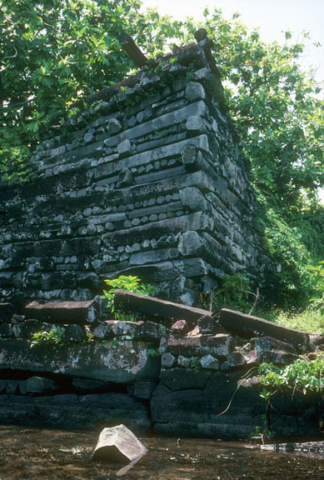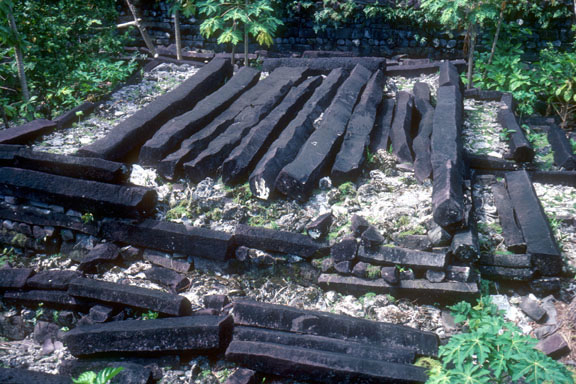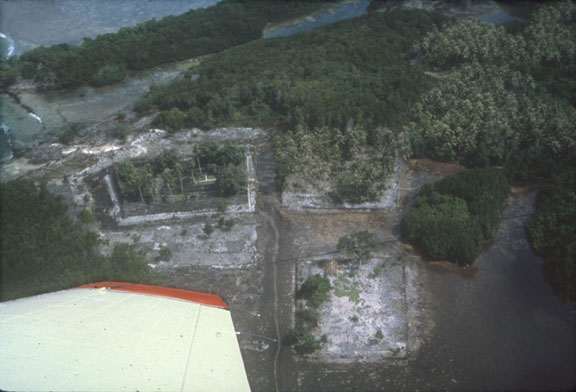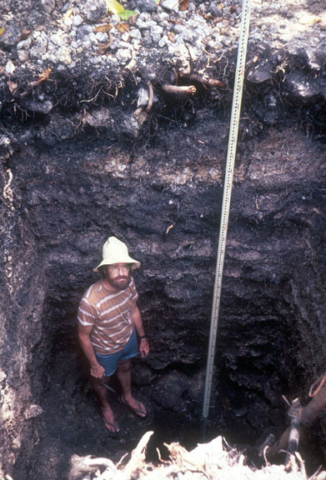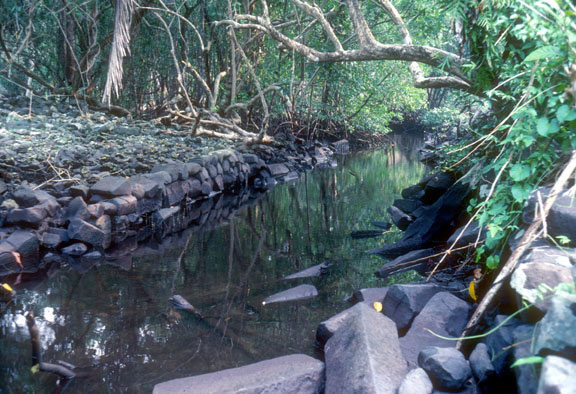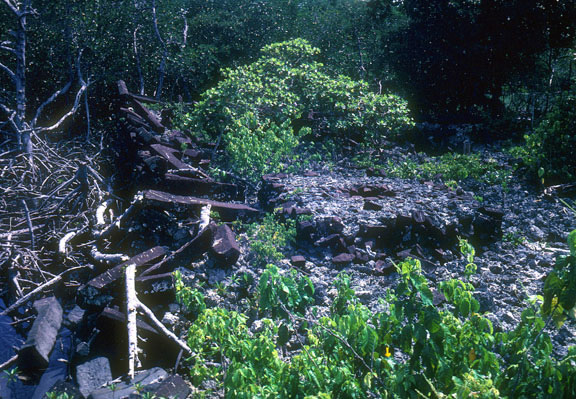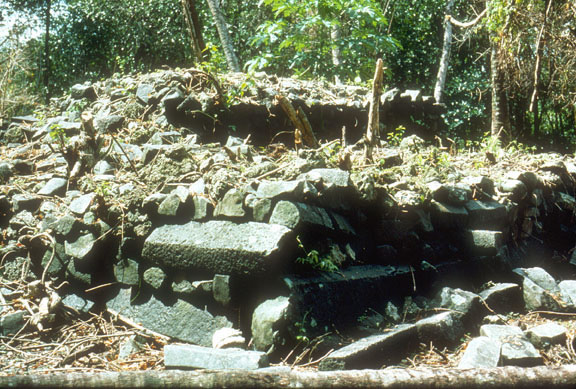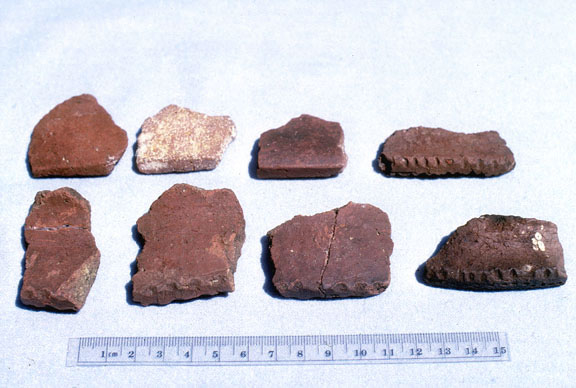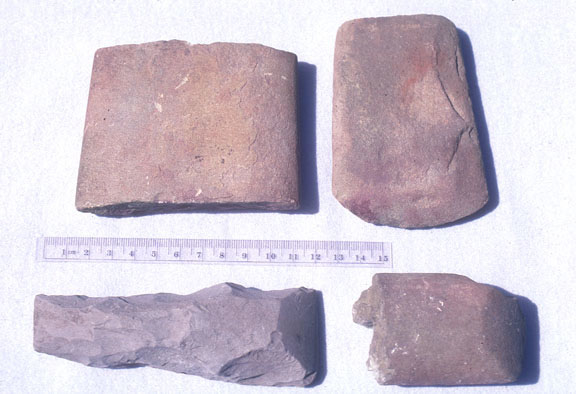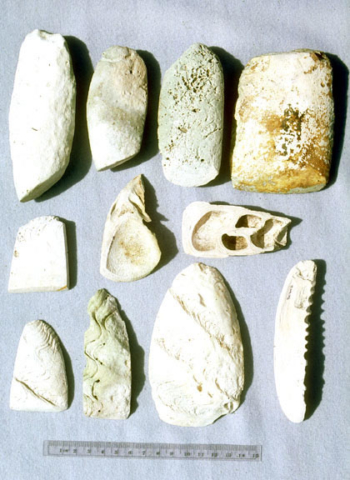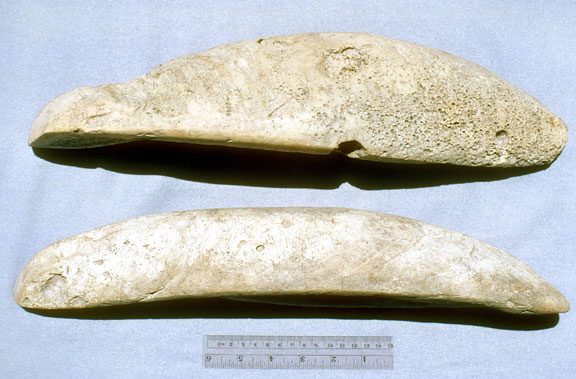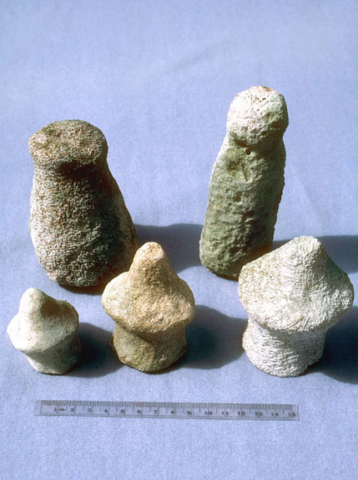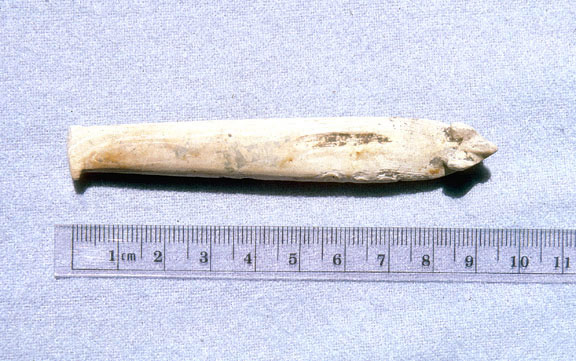Nan Madol, Micronesia
Project: Archaeological Investigations at Nan Madol, Pohnpei (Micronesia)
Principal Investigator: J. Stephen Athens, Ph.D.
Investigations conducted in 1979-80, 1982, and 1984.
Nan Madol is an imposing megalithic archaeological complex composed of over 90 rectilinear islets constructed on the reef flat next to Temwen Island in Pohnpei’s lagoon. The complex covers an area of about 80 hectares, though the islets themselves make up only about 30 hectares (the remaining area has the waterways between the islets).
Pohnpeian oral tradition relates that Nan Madol was the residential, religious, and administrative center of the Saudeleur rulers. It was not a city or urban area in any sense, but a very special place reserved for the residences of high status individuals and religious practitioners, and used for religious rites and observances, and burials. Archaeological investigations indicate that the earliest human occupation at Nan Madol (and Pohnpei), dating to about AD 1, was apparently on natural sand islets, now covered by the artificial islets.
The early inhabitants made and used earthenware pottery, though it ceased to be made by AD 1100. Initial construction of the artificial islets began at least by AD 900. However, it was not until AD 1200, when the Saudeleur established themselves, that megalithic construction with columnar basalt began, which is the hallmark of Nan Madol. These basalt columns, weighing up to several tons or more (and there were much heavier boulders), were quarried from outcrops on the main island of Pohnpei. They were mostly used for building the outer perimeter walls of the islets. The labor effort involved in transporting the basalt columns to Nan Madol and positioning them in the walls was remarkable for a prehistoric society.
The architectural achievement of the most famous islet, Nan Dauas, which was reserved for chiefly burials, is truly remarkable. Sometime in the early AD 1600s the Saudeleur chiefdom fell apart and Pohnpei split into three independent polities (eventually five polities formed). The site’s stature as a political and religious center changed dramatically with the downfall of the Saudeleur. Early and mid-19th century journals and records of the earliest western visitors to Pohnpei, including ship captains, explorers, traders, and missionaries, indicate that Nan Madol was abandoned and overgrown with mangrove trees by that time, and commoners dared not enter the ruins.


